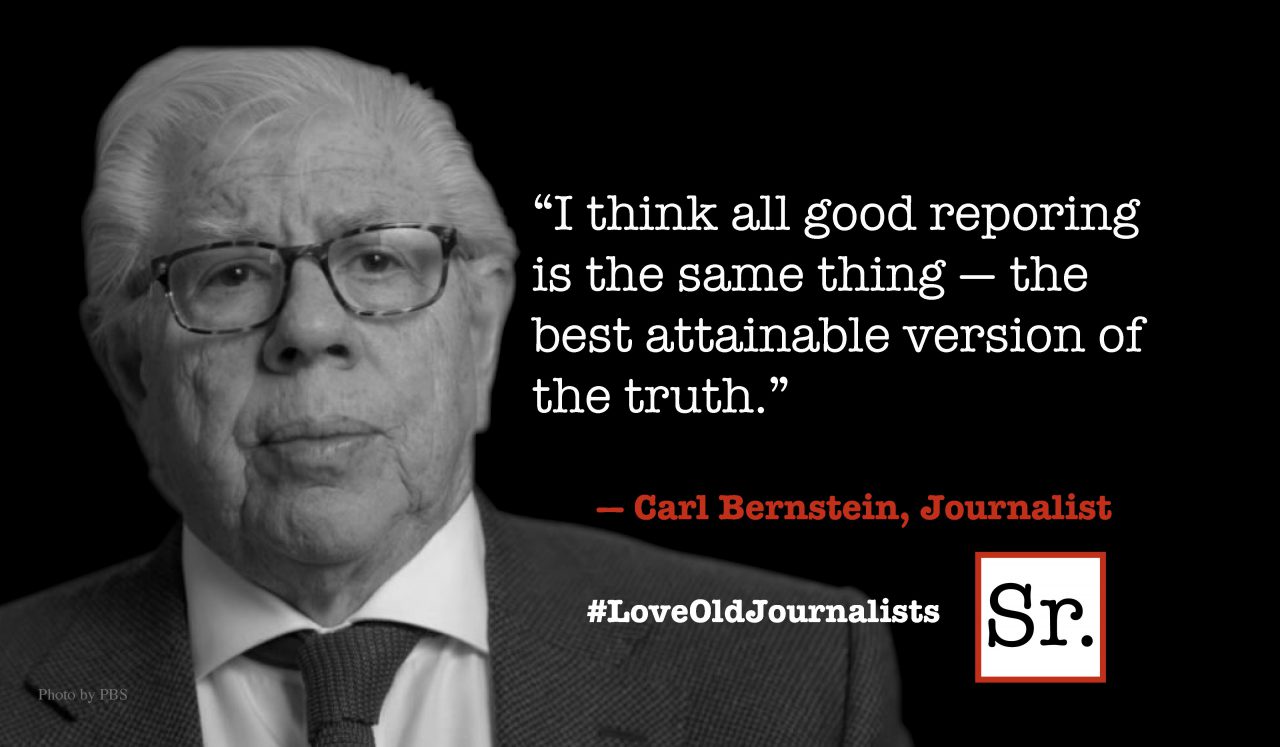 |
| "Finding Nouf" by Zoe Ferraris (New York: Houghton Mifflin, 2008) |
Readers of mystery novels often have their favorite settings, whether Los Angeles, Miami, or New York. For me, it's Great Britain. "Finding Nouf" was irresistible because it is set in Saudi Arabia. Besides unraveling an engaging mystery, it presents a unique look into the everyday lives of devout Muslims.
It's hard for us to imagine a community where religious police chase down women who appear outside the home with no male escort, or a place where women who work for a living are looked on disapprovingly, sometimes by their own family members.
Nayir, the sleuth, isn't an official detective but a pious young man who is a friend of the powerful Shrawi family, which owns its own island off the coast of Jeddah. (The Shrawis are so rich they have their own stable of camels and their unmarried daughters whip around the waters near their island on their own jet skis.)
Nouf, of the book's title, is the 16-year-old daughter of the family, engaged to be married, who has disappeared with no explanation. Whether a runaway, kidnapped, or part of some complicated plot, no one knows. Her brother implores Nayir to investigate.
The title is somewhat misleading, because Nouf's body is discovered in the desert in the first chapter. Nayir, reluctantly hooking up with Katya, a female laboratory technician in the medical examiner's office, learns that Nouf drowned. In the desert? And how did Nouf manage to take a camel with her when she left, with no one noticing?
Nayir is drawn in by the details. At the same time he is discomfited by the boldness of Katya, who breaks tradition, first of all, by being a working woman, and who enters the room to meet him with her face uncovered. Even when she covers with the burqa, her eyes stare out too frankly for his comfort.
As a young unmarried man, Nayir can't resist looking at a woman's shapely ankles, or speculating on what her burqa reveals about her figure underneath. When this leads to sexual arousal, he must immediately ask Allah's forgiveness. He travels with his prayer rug so that wherever he is, he can pray at the appropriate times of day.
This is author Zoe Ferraris' first novel. Now living in San Francisco, she moved to Saudi Arabia after the Gulf War with her then-husband and his extended family, Saudi-Palestinian Bedouins, and lived there for a year. The idea for "Finding Nouf" came at a jacket bazaar in Jeddah. There her husband bought a trench coat similar to the one worn by Peter Falk in the Colombo television mystery series and joked about solving crimes. This humorous scene shows up in the novel.
Ferraris writes beautifully, and the book is well-paced, compelling the reader to race through to the solution. One puzzling detail is that Nayir and fellow investigators search the sands where Nouf's body was found days earlier, looking for footprints. I wondered how this could play out, when it would seem the sands might have shifted. We are told the shape of her body could still be seen in the bottom of the wadi, or gully, where she was discovered. That was hard to fathom.
All in all, a compelling read but perhaps even more fascinating is the revealing glimpse into the world of Islam. Younger Saudis must grapple with a changing, modernizing society, as the traditional society prevails. One pertinent question that Ferraris raises is how young men like Nayir (who has no family to help) can marry when speaking to an unmarried woman is forbidden.








